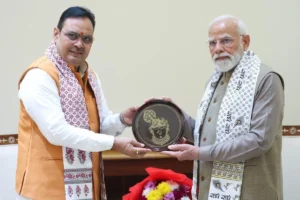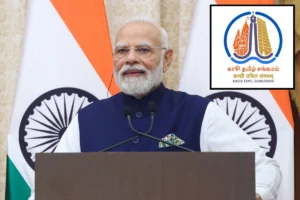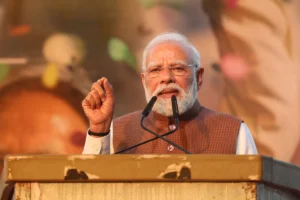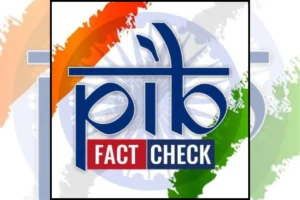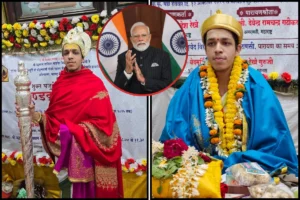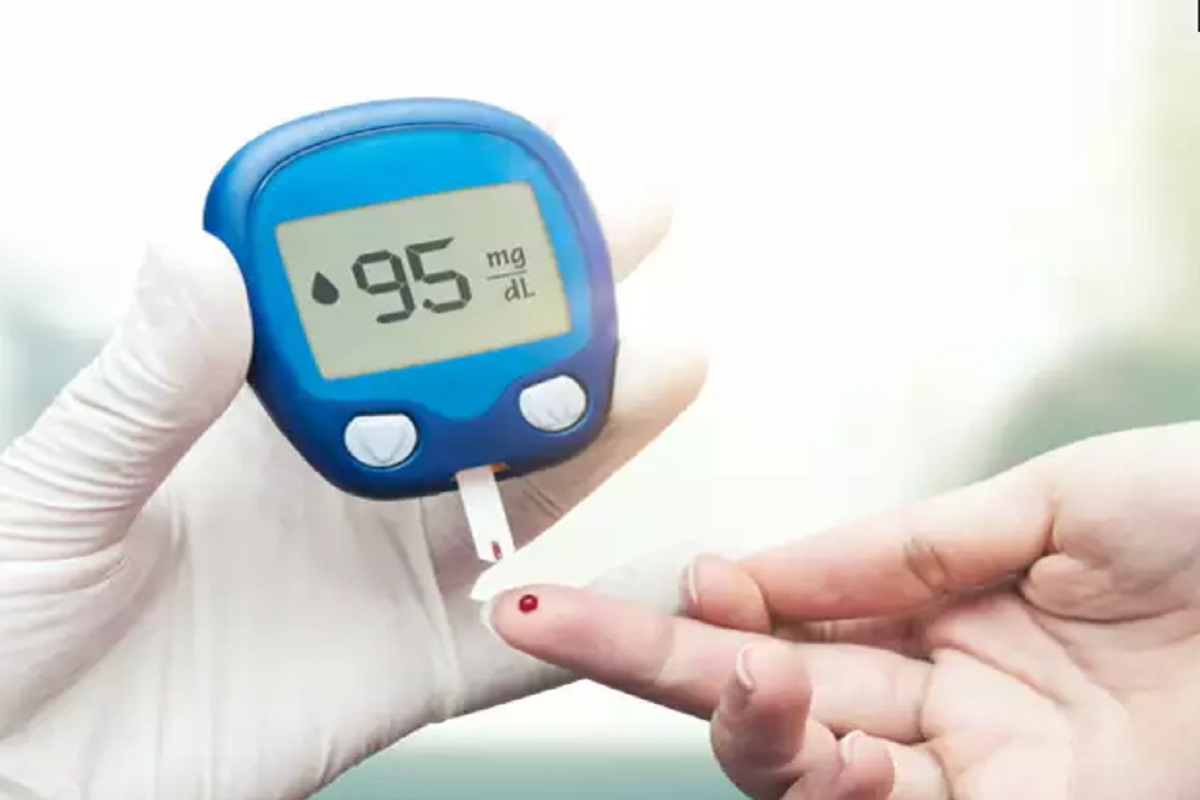
Diabetes
Diabetes is a major concern in India, with half of the population is at risk of developing the disease at some point in their lives.
According to reliable sources, people who live in metropolitan areas, are more likely to develop diabetes. This is encouraging a lifestyle that can raise a person’s BMI (BMI). A higher BMI is a risk factor for diabetes.
Rural areas in India are also seeing an increase in type 2 diabetes cases, but more research is needed to fully understand how and why this is happening.
Continue reading to learn more about diabetes in India, including its prevalence, causes, and treatment options.
How common is diabetes in India?
Diabetes affects over 77 million adults in India Trusted Source. According to researchers, this figure will rise to 134 million by 2045.
Overall, females have a higher risk of developing diabetes than males, but this risk decreases as both groups get older.
Despite the high prevalence of diabetes, researchers estimate that 57% of cases go undiagnosed. This is especially concerning because the risk of serious complications increases when people do not take blood sugar control medication.
Why is diabetes so popular in India?
Several theories have been proposed to explain why diabetes cases are rapidly increasing in India. Some of these are discussed in greater depth in the sections that follow.
Physiological distinctions
People with South Asian ancestry have a higher fat to muscle ratio than people with European ancestry. When people have more fat than muscle, insulin stays in the body for a longer period of time.
Fat and sugar consumption are increasing as traditional Western diets and fast foods become more popular, particularly in urban areas.
When the body is unable to clear glucose efficiently, it increases metabolic load and insulin resistance, putting a person at risk of developing diabetes.
Diabetic perception
Diabetes is perceived as a “new” condition in rural areas, and public awareness of the condition is low.
People said that health checkups were too short in a small qualitative study published in 2017Trusted Source, and that this discouraged them from asking questions about their health.
Because people typically regard doctors as the best sources of diabetes information and may lack access to other resources, these brief consultations have a significant impact on the number of complications that people face.
Farming practises are changing.
Government shops, also known as fair price shops, are a type of public distribution system that provides low-cost food to rural communities in order to improve people’s nutritional health. White rice, wheat, sugar, and pulses are examples of these foods.
However, some research has been conducted.
According to Trusted Source, fair price shops unintentionally encourage farmers to grow more commercially viable crops that are higher in calories and lower in nutrients.
People are eating more polished white rice and refined sugar instead of traditional foods, which causes blood glucose levels to spike.
Dessert cuisines
Sugary sweets are a staple of Indian culture and an important part of ancient traditions and religious festivals.
According to one 2014Trusted Source study, as cities become more crowded, people are becoming more sedentary and consuming more calorie-dense sugary foods and drinks.
Sugary drinks and sweetened foods are cheap and widely available in cities, increasing people’s risk of obesity and type 2 diabetes.
Social anxiety
Many people claim that stress or tension caused their diabetes.
A qualitative study published in 2012Trusted Source discovered that people in the middle to upper income brackets reported that social stress, such as saving for a dowry, contributed to their diabetes. Those with lower incomes, on the other hand, were less likely to believe this.
As Indian doctors discuss social stress as a risk factor for diabetes more than those in the United States; these beliefs are likely influenced by information received during healthcare consultations.
Because lower income groups have less access to healthcare, it is possible that they do not believe social stress causes diabetes.
To read more such news, download Bharat Express news apps








